Alfonso Casani – FUNCI
Last month, two events surrounding Palestine have hit the news, reflecting the inequality and oppression under which the Palestinian people continues to live.
These last days, Palestine has been on the spotlight due to the violent clashes caused by the forced eviction of the Sheikh Jarrah district, in the occupied territory of East Jerusalem. Last month Israel hit the headlines for achieving herd immunity against the Covid-19, in a clear contrast with the vulnerable health situation the Palestinian population continues to live. Both situations show a planned and gradual process of oppression and elimination of the Palestinian population.
The clashes we have witnessed these last days have extended across the whole country leading to more than 70 deaths already. They are an answer to the court decision to evict the Palestinian population from the Sheikh Jarrah district in order to make way to more illegal Israeli settlements.
This legal conflict dates back to the resettlement of Palestinian families after the Palestinian exodus or Nakba, that followed the creation of the state of Israel in the year 1948. These families settled in East Jerusalem, in the Westbank, at the time under the mandate of Jordan. The latter had come to an agreement with UNRWA (the United Nations Relief and Works Agency for Palestine Refugees in the Near East). However, the agreement was breached after the Arab countries defeat in the Six Days war in 1967, which put an end to Jordan’s mandate and led to the illegal occupation of this territory by Israel.
The relocation of the Israel population in this district has been demanded since then. And yet, the clashes we are witnessing transcend the specific situation of the Sheikh Jarrah district, and can be framed in the constant process of illegal occupation of territories by Israel and the eviction of the Palestinian population. The UN estimates that, up to 2019, Israel has built 150 illegal settlements and 128 border posts in Palestinian territories.
A health apartheid
But these clashes are only an example of the serious situation that the Palestinian population under Israeli occupation are living. The Palestinian territories face high levels of poverty and inequality (approximately, 1.4 million Palestinians lived under situations of poverty, according to the Word Bank), limited politically, socially and economically by an occupation force. The situation worsens in the Gaza strip, isolated from the rest of the territories, depending on international aid, and lacking any sort of food, health or energy security. The Covid-19 crisis has exacerbated all these problems. Under this situation of occupation and institutional weakness, the Palestinian National Authority lacks the tools to face a pandemic crisis of this scale.
The reaction to this crisis and the development of a strategy at two clear speeds shows the gap existing between the Israeli and Palestinian population, as well as Israel’s connivence in the spreading of the virus in the Palestinian territories.
The reaction to this crisis and the development of a strategy at two clear speeds shows the gap existing between the Israeli and Palestinian population, as well as Israel’s connivence in the spreading of the virus in the Palestinian territories.
Israel launched its vaccination campaign in December 2020 and has been a pioneer country on the distribution of vaccines among its population. Since then, the government has vaccinated more than 5.3 million people, approximately 53% of its population. This number, in addition to the, approximately, 830,000 Israelis that have overcome the disease, reaches the share of 68% immune population (either naturally, through the generation of antibodies, or through the vaccination campaign).
Herd immunity is produced when a high percentage of the population is immune to a virus, thus interrupting the transmission chain and preventing the spreading of the disease. Even though the issue is still being discussed by the scientific community, scientifics consider that herd immunity is achieved by reaching a share of immune population of approximately 65-70%. Last April 24th, Israel registered its first day without deaths since the outbreak of the pandemic crisis.
By contrast, in the Westbank and the Gaza strip, little more than 301,000 people out of the 5.2 million Palestinians living in these territories have been vaccinated. That is, only a bit more than 6% of the Palestinian population has been vaccinated up to this date. The contrast is stressed when taking into account the reluctance shown by Israel’s authorities to donating vaccines to the Palestinian occupied territories, and the difficulties faced by these territories’ health system after decades of occupation.
As part of its vaccination campaign, Israel has vaccinated approximately 100,000 Palestinians holding an Israeli residency permit (a decision, however, that wasn’t adopted until March, four months after it began vaccinating its citizens). It has also donated 5,000 vaccines for the Westbank and Gaza. This means that Palestine’s vaccination campaign depends almost exclusively on international aid. More specifically, on the vaccines imported through Covax, the UN’s vaccines campaign for developing countries, and the donations carried out by Russia and the United Arab Emirates.
Legal interpretation and a humanitarian crime
As a background to this health crisis, we find a disagreement on the interpretation of the Oslo Agreements signed in 1993. We also witness a systemic violation of international law and of the Palestinian’s human rights.
The Oslo Agreements agreed to the creation of an acting government for the Palestinian territories, the Palestinian National Authority (PNA). As part of this agreement, the PNA acquired competences on health management. This fact is used by Israel to justify its lack of intervention on health issues. However, this same Agreements also established the need for cooperation and a common coverage on the cases of “plagues and contagious diseases”, a responsibility that the Israeli government has chosen to ignore.
“This means that more than 4.5 million Palestinians will remain unprotected and exposed to Covid-19, while Israeli citizens living near and among them – including the Israeli settler population – will be vaccinated.”
In addition, the UN has called for the application of the Geneva Convention, signed in 1949, which established the basis of international humanitarian law. More specifically, it has called for the application of the Fourth Geneva Convention, by which the occupying force has to provide medical care to the occupied population. In sum, it links to the right to health, and the constant violation of human rights by Israel. This lack of health coverage does not only affect the Covid-19 crisis, but rather applies to the regular access of the Palestinian population to health services under its territories.
The World Bank considers that to vaccinate at least a 60% of the Palestinian population would cost, approximately, 55 million dollars. The PNA could cover less than half of it, counting with the international aid received. This means that two thirds of the population would still be vulnerable to the Covid-19, preventing its population to achieve herd immunity.
As stated by a UN expert, “this means that more than 4.5 million Palestinians will remain unprotected and exposed to Covid-19, while Israeli citizens living near and among them – including the Israeli settler population – will be vaccinated. Morally and legally, this differential access to necessary health care in the midst of the worst global health crisis in a century is unacceptable.”
This situation stresses the depth of the Palestinian conflict, which transcends the current clashes and is framed in a gradual and systemic process of occupation, oppression and eradication of the Palestinian people.


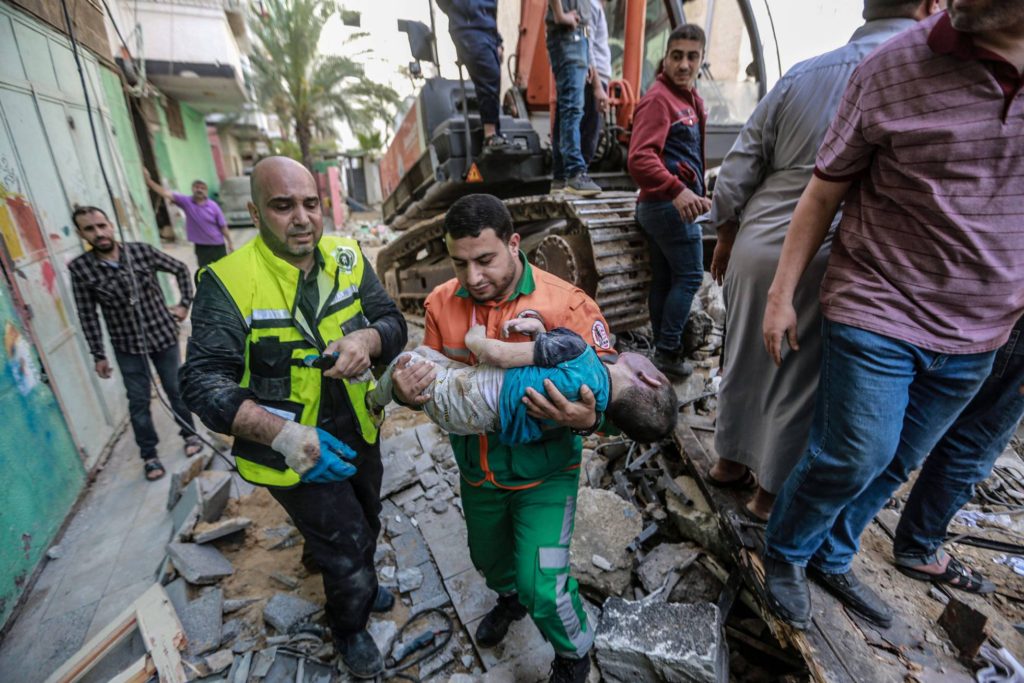
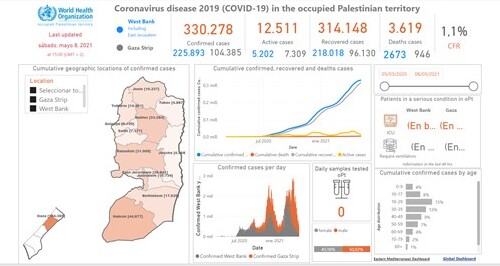
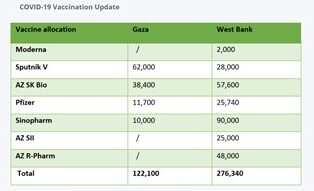
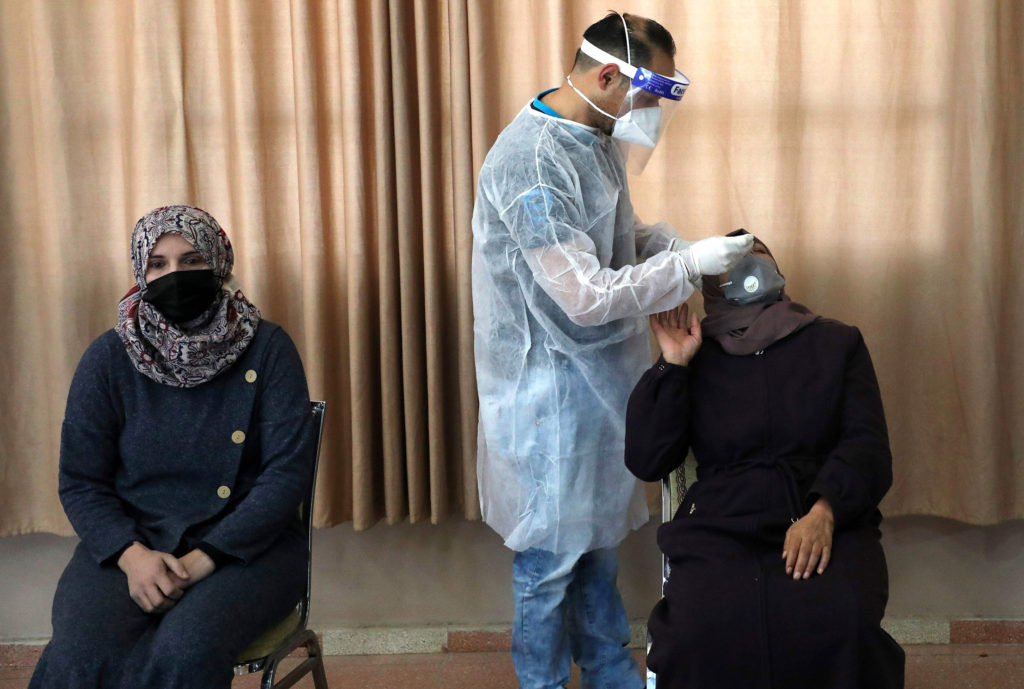

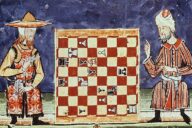
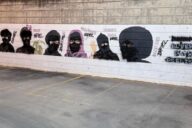










No Comments